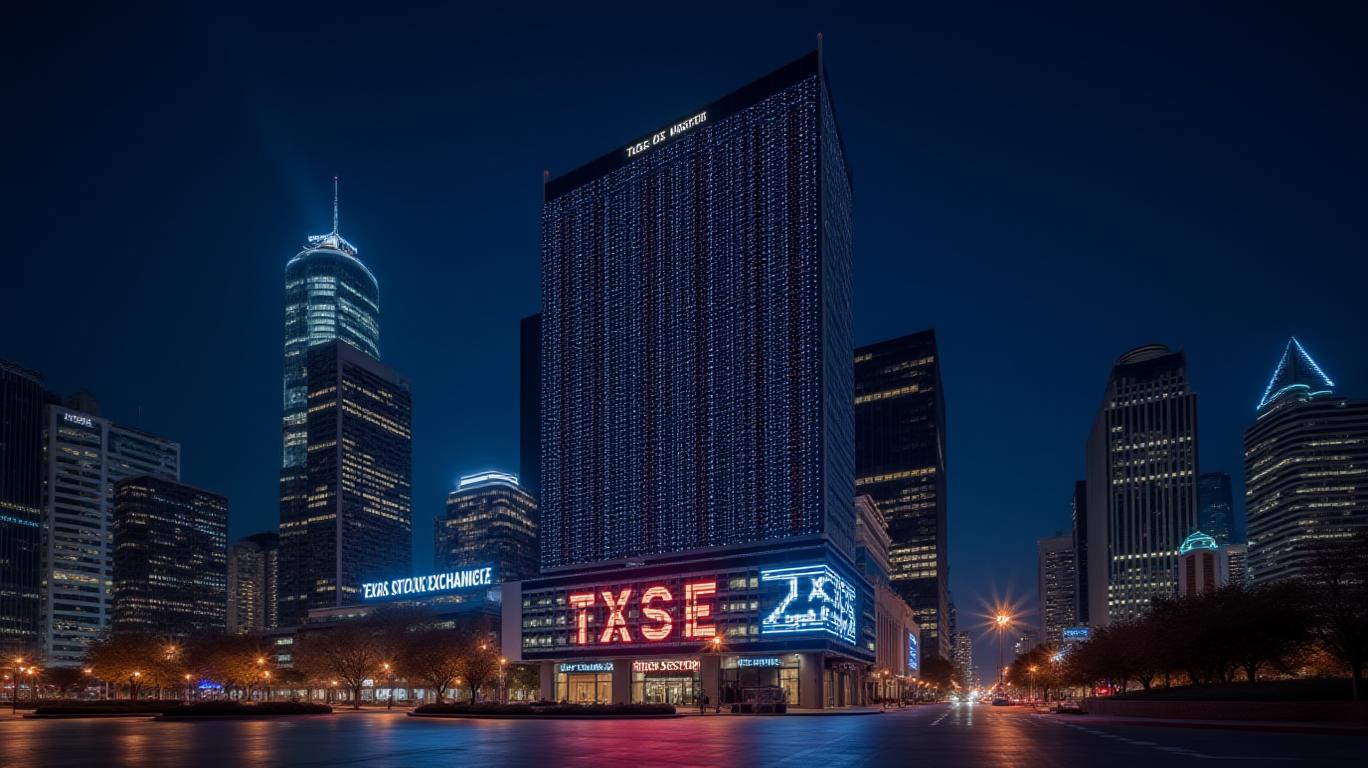Starbase's City Status: A Launchpad for SpaceX's Future—or a Risky Gamble?
The incorporation of SpaceX’s Starbase facility as an official Texas city on May 3, 2025, marks a pivotal moment in the history of space exploration and corporate governance. With 212 votes in favor and just six opposed, this decision grants Elon Musk’s aerospace giant unprecedented autonomy over its South Texas launch site—a move that could revolutionize rocket testing, regulatory efficiency, and economic growth. Yet, beneath the surface lies a complex web of risks, from environmental backlash to governance imbalances. For investors, Starbase’s future hinges on how SpaceX navigates these challenges while capitalizing on its newfound municipal power.

Operational Efficiency: A Key Advantage for SpaceX
Starbase’s city status strips away layers of bureaucratic red tape, enabling SpaceX to fast-track decisions on land use, zoning, and infrastructure. For instance, securing permits for rocket launches—a process that previously required Cameron County approval—can now be managed internally. This autonomy is critical for Musk’s ambitious timeline: achieving 100+ Starship launches annually by 2030.
Ask Aime: How does SpaceX's Texas City Starbase boost rocket testing and economic growth?
The implications extend beyond speed. By controlling local governance, SpaceX can tailor regulations to its needs, from building specialized launch infrastructure to negotiating agreements with neighboring landowners. This efficiency could lower operational costs and accelerate development of Starship, a vehicle central to Musk’s vision of colonizing Mars.
Economic Upside: A Catalyst for Growth or a Divisive Force?
The incorporation promises economic boons, including job creation and infrastructure investment. Starbase’s proximity to Boca Chica Beach and its role as a tech hub could attract ancillary industries, from engineering firms to logistics providers. Real estate values in the region have already surged, with SpaceX employees driving demand for housing.
However, disparities loom large. Critics warn that the influx of high-paying tech jobs may price out long-term residents, creating a two-tier society. A would reveal whether this trend is already materializing. Meanwhile, SpaceX’s dominance as the city’s primary employer raises concerns about economic vulnerability—if Starship’s development falters, so too could the local economy.
Environmental and Social Risks: The Elephant on the Launchpad
Starbase’s location on the ecologically sensitive Boca Chica Beach has sparked fierce opposition. Environmental groups and the Carrizo Comecrudo Tribe argue that rocket testing threatens endangered species, disrupts coastal ecosystems, and jeopardizes public access to the beach. A contentious proposal to transfer control of the beach to Starbase’s governance has further inflamed tensions.
The environmental stakes are existential. A could quantify Starship’s ecological impact. If regulators push back—through lawsuits or stricter emissions rules—delays and fines could derail SpaceX’s plans.
Governance Concerns: Democracy or Dictatorship by Design?
With most residents and city council members employed by SpaceX, Starbase risks becoming a “company town” where corporate interests overshadow community needs. Decisions on zoning, public services, and resource allocation could prioritize SpaceX’s goals over those of non-employees. This imbalance raises ethical questions: Can a municipality with such a skewed electorate ensure fair representation?
History offers cautionary tales. The decline of 20th-century company towns like Hershey, Pennsylvania—where control by a single corporation led to economic stagnation—suggests that unchecked corporate influence breeds fragility. Investors should monitor Starbase’s governance structure, including how it handles public input on contentious issues like beach access or waste management.
Investment Takeaways: The Stars Align—or Collide
For investors, Starbase’s future is a high-stakes gamble. On one hand, the site’s operational advantages could accelerate Starship’s commercial viability, potentially boosting SpaceX’s valuation (currently over $130 billion) and indirectly benefiting Tesla (TSLA), which shares Musk’s vision. A
On the other hand, regulatory pushback, environmental lawsuits, or social unrest could derail progress. The Carrizo Comecrudo Tribe’s legal challenge over land rights, for instance, could delay critical projects.
Conclusion: A New Frontier, but Not Without Map
Starbase’s incorporation is a landmark achievement for SpaceX, offering unparalleled control over its destiny. However, its success will depend on balancing innovation with responsibility. Key metrics to watch include:
- Regulatory Compliance: How SpaceX addresses environmental concerns (e.g., emissions reductions, habitat preservation).
- Governance Transparency: Whether Starbase’s policies prioritize inclusivity or corporate interests.
- Economic Equity: Whether housing and job opportunities are accessible to all residents, not just SpaceX employees.
With SpaceX’s valuation soaring and Musk’s track record of defying odds, investors may bet on Starbase’s potential. But the risks—environmental, social, and political—are real. As the saying goes: Even rocket science needs a solid foundation. For Starbase, that means more than just launchpads. It means building a community that can reach the stars and touch the ground.

_b905d9341749265671656.jpg)








